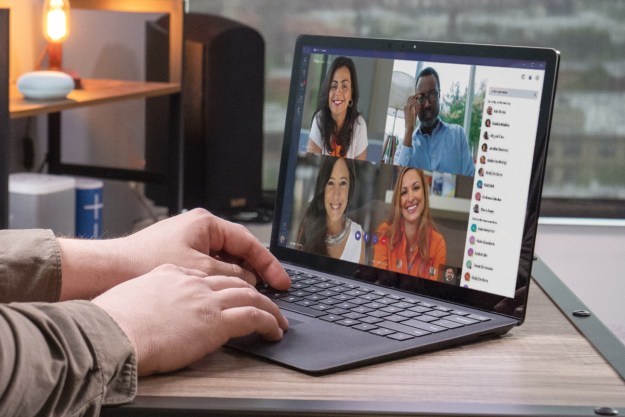
Microsoft has announced that current president and long-time employee Jeff Raikes will be retiring effective in September 2008. Raikes has generally been seen as an effective manager and deal-maker for the company, first helping define the Microsoft Office brand and early Macintosh apps and then overseeing more than 20 consecutive quarters of double-digit revenue growth in the company’s Server and Tools business, along with a doubling the annual income generated by Microsoft’s business division.
“Since 1981, I’ve had an incredible journey here at Microsoft. Given the success of our business and the depth of leadership we have in place today, the time is right for me to leave the MBD business in the capable hands of our new generation of leaders,” Raikes said in a statement.. “I remain committed to Microsoft and will work full time between now and September when I retire. In the meantime, I’m looking forward to working closely with Stephen and the MBD leadership team to ensure a smooth transition.”
Raikes’ replacement will be from outside Microsoft: former Juniper Networks COO Stephan Elop will take over as president of Microsoft’s Business Division. Elop was previously president of worldwide field operations for Adobe, where he landed after the company’s acquisition of Macromedia in 2005; before that, he’d been Macromedia’s president and CEO.
“I’m thrilled to be joining Microsoft, whose software and services touch literally hundreds of millions of people around the globe each day,” Elop said in a release. “I look forward to building on the great foundation Jeff and his team have established for the Microsoft Business Division.”
Raikes’ shoes will be hard to fill—which is undoubtedly part of why Elop is getting nine months to ramp up. Raikes joined Microsoft in 1981 as a project manager—making him one of the company’s longest-standing employees—and was often viewed as a possible successor to current CEO Steve Ballmer.
Editors' Recommendations
- Best Microsoft Office deals: Get Word, PowerPoint, and Excel for free
- Get this Asus laptop with a year of Microsoft Office for $199
- How to delete or hide chats in Microsoft Teams
- Save $150 on a lifetime license for Microsoft Office for PC
- How to double space in Microsoft Word

